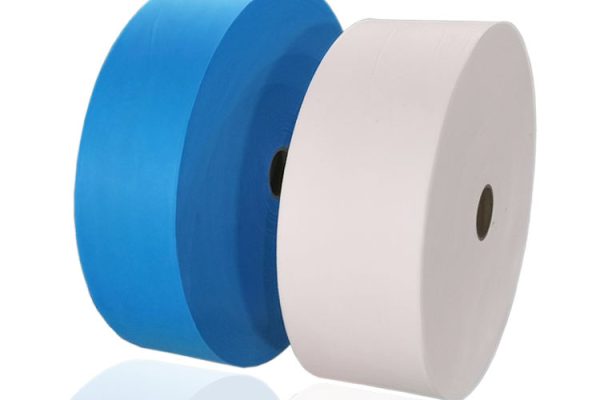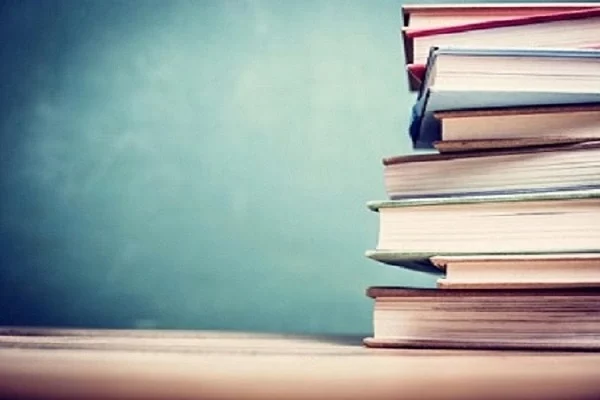SMS Fabric
Home > SMS fabric
Table Of Contents For This Page
It is not easy to introduce all complete information of spunbond non woven fabric, here we have classified the information that you may interested on this page. Please click the below content, and find the information which you are most interested. You also could detailed reading all the information from top to bottom on this page, which might take you about 10-20 minutes.
Hot Selling Prodcuts
Hefei Medpos is a leading manufacturer of sanitary material in China. With over 10 years experience and close cooperation with our partners, we can provide you all your needs with an affordable price! Our products include spunbond, SMS, spunlace non woven fabric, plastic films and PE laminated materials.
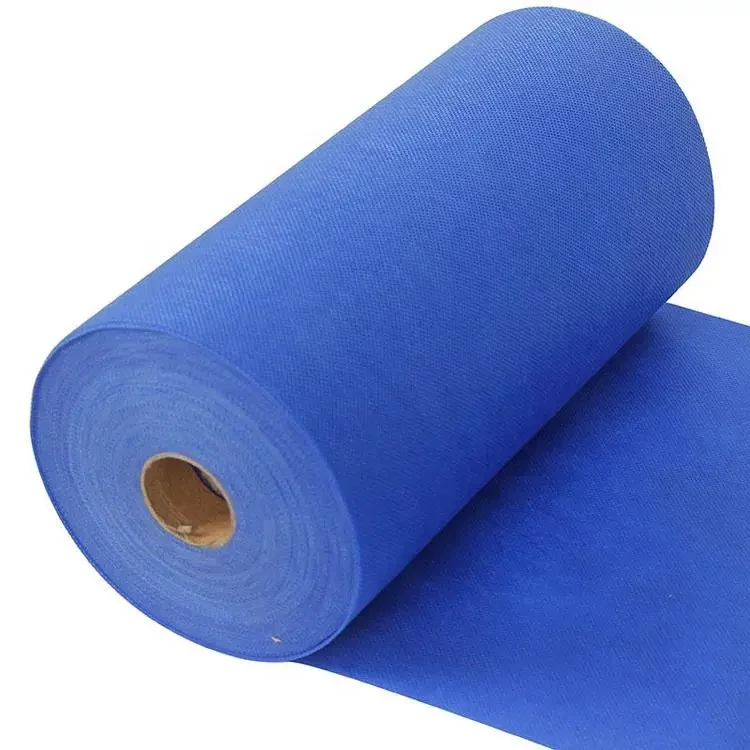
SMS Non-Woven Fabric
Material: 100% Polypropylene
Size: 10-320cm
Weight: 10-100gsm
Color: Blue, Green, White or Customzied
Type: SMS
Packing: As request
SMS nonwoven fabric is a composite material made from three layers of nonwoven polypropylene, with the middle layer being meltblown, top and bottom layers are spunbond. SMS fabric offers a good balance between strength, filtration, and breathability.
Widely used in the production of disposable protective clothing, isolation gowns, face masks, automotive and furnitures.
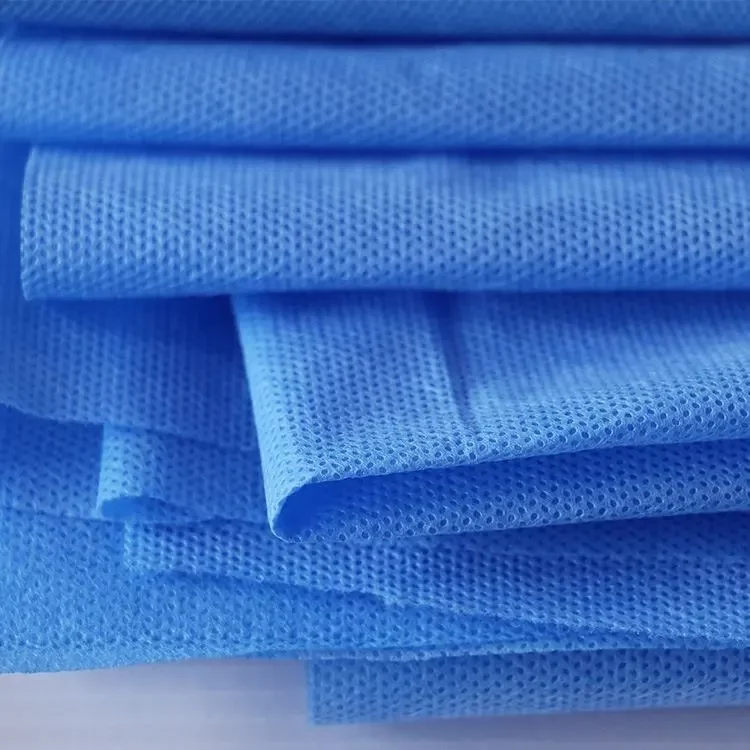
SMMS Non-Woven Fabric
Material: 100% Polypropylene
Size: 10-320cm
Weight: 10-100gsm
Color: Blue, Green, White or Customzied
Type: SMMS
Packing: As request
SMMS nonwoven fabric is a four-layers composite material made from polypropylene. It consists of two outer spunbond layers and two inner meltblown layers. This combination provides a fabric with excellent strength, durability, and high filtration efficiency.
Widely used in medical and healthcare settings for manufacturing surgical drapes, sterilization wraps, and protective clothing.

SSMMS Non-Woven Fabric
Material: 100% Polypropylene
Size: 10-320cm
Weight: 10-100gsm
Color: Blue, Green, White or Customzied
Type: SSMMS
Packing: As request
SSMMS nonwoven fabric is an advanced version of nonwoven fabric designed to provide even better performance characteristics. It consists of five layers: two outer spunbond layers, two inner meltblown layers, and an additional spunbond layer in between. This configuration enhances the fabric’s strength, filtration efficiency, and durability.
Widely used in manufacturing medical-grade protective apparel, such as surgical gowns and drapes, as well as high-performance filtration media.
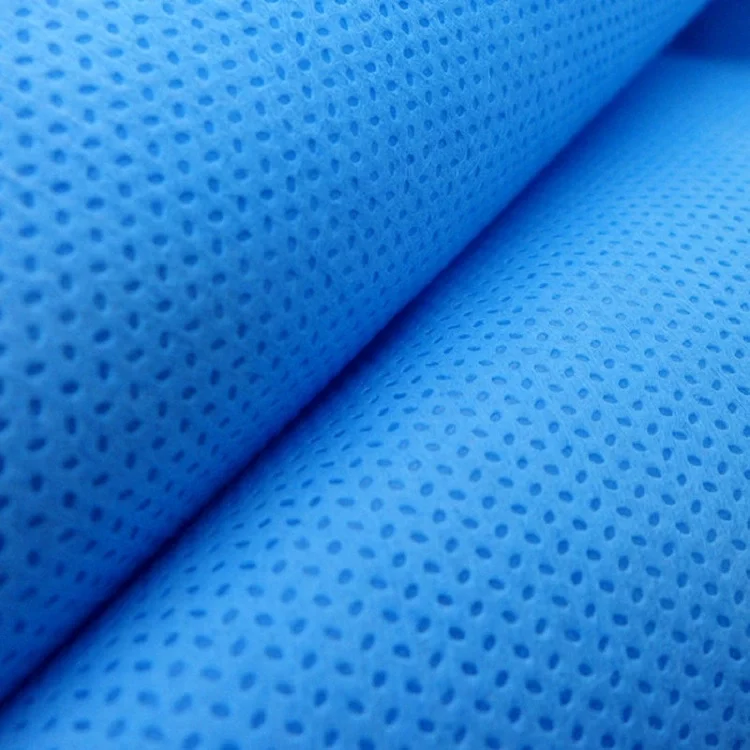
SMMSS Non-Woven Fabric
Material: 100% Polypropylene
Size: 10-320cm
Weight: 10-100gsm
Color: Blue, Green, White or Customzied
Type: SMMSS
Packing: As request
SMMSS non-woven fabric is the most advanced variant in this series of non-woven fabrics. This fabric consists of five layers: one spunbond layer, two meltblown layers, followed by two more spunbond layers. SMMSS fabric offers the highest level of barrier protection, exceptional filtration efficiency, and superior strength.
Widely used in high-end medical protective apparel, critical cleanroom environments, and advanced filtration systems.
All You Need to Know About SMS
What is SMS Non-woven Fabric?
SMS nonwoven fabric is a high-performance, multi-layered material composed primarily of polypropylene, also known as spunmelt. It consists of three layers: two outer spunbond layers and one middle meltblown layer. This structure provides a unique combination of strength, durability, and high filtration efficiency, making SMS fabric suitable for various applications.
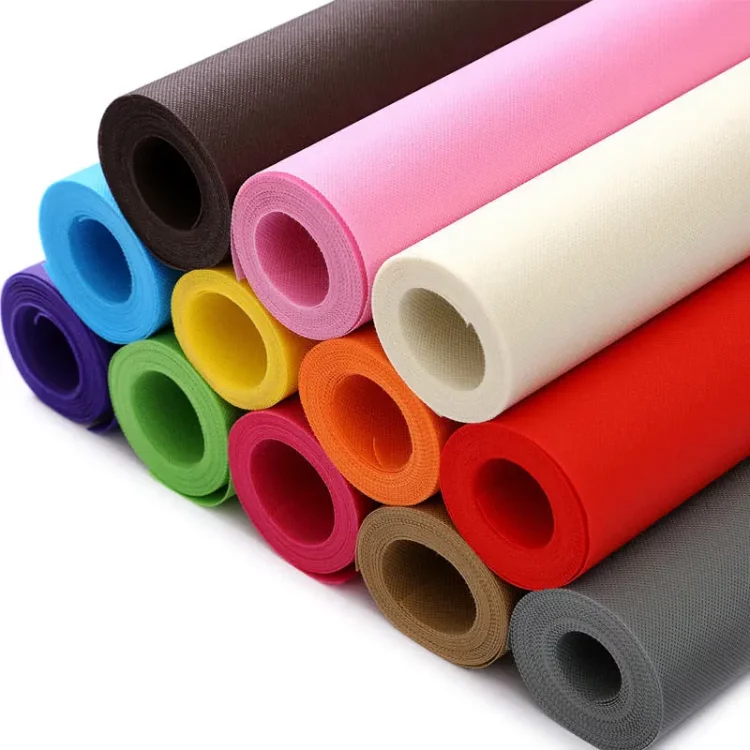
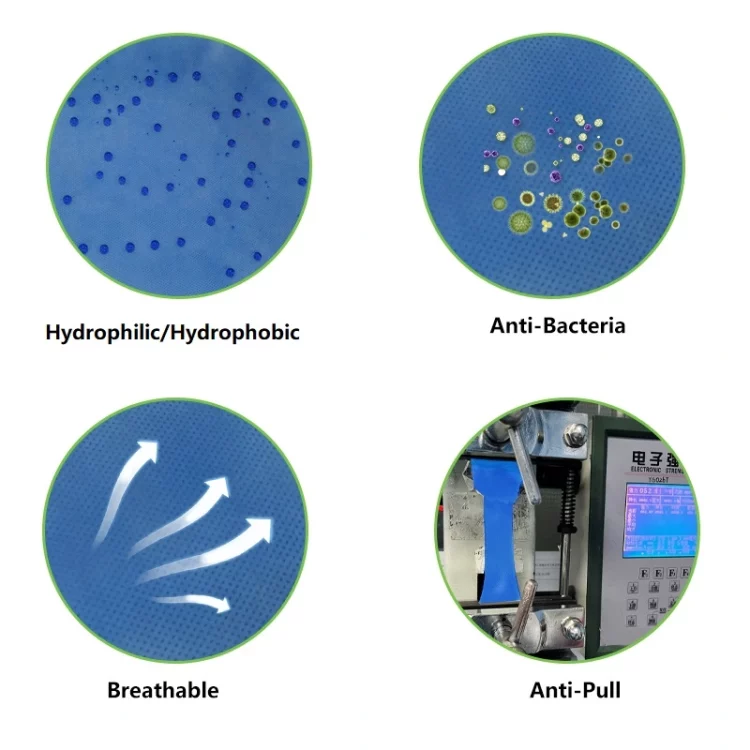
What Are The Characteristics of SMS Non-woven Fabric?
High Filtration Efficiency: The meltblown layer in SMS fabric provides excellent filtration capabilities, making it effective at capturing fine particles, bacteria, and other contaminants.
Strength and Durability: Spunbond fabrics are strong and durable, making them suitable for a variety of applications.
Lightweight: They are lightweight, which makes them easy to handle and use in various products.
Permeability: The fabric is often breathable, allowing air and moisture to pass through, which is beneficial in applications like medical gowns and masks.
Chemical Resistance: Spunbond fabrics typically have good resistance to chemicals, enhancing their durability in harsh environments.
What Are The Differences Of SMS/SMMS/SSMMS Non-woven Fabric?
SMS
Structure: Three layers Spunbond-Meltblown-Spunbond.
Properties: Offers good filtration, strong and durable, good breathability.
Applications: Typically used in the production of disposable protective clothing, isolation gowns, face masks, automotive and furnitures.
SMMS
Structure: Four layers Spunbond-Meltblown-Meltblown-Spunbond.
Properties: Enhanced filtration efficiency, more durable and tear-resistant, Slightly less breathable.
Applications: Used in in medical and healthcare settings for manufacturing surgical drapes, sterilization wraps, and protective clothing.
SSMMS
Structure: Five layers Spunbond-Spunbond-Meltblown-Meltblown-Spunbond.
Properties: Superior filtration efficiency, offers the highest strength and durability, the least breathable.
Applications: widely used in manufacturing medical-grade protective apparel, such as surgical gowns and drapes, as well as high-performance filtration media.
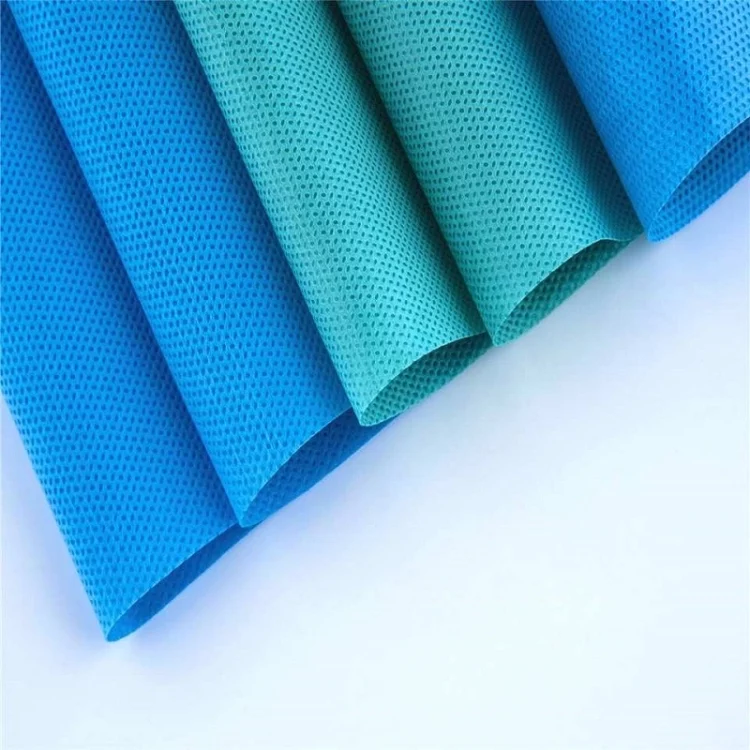
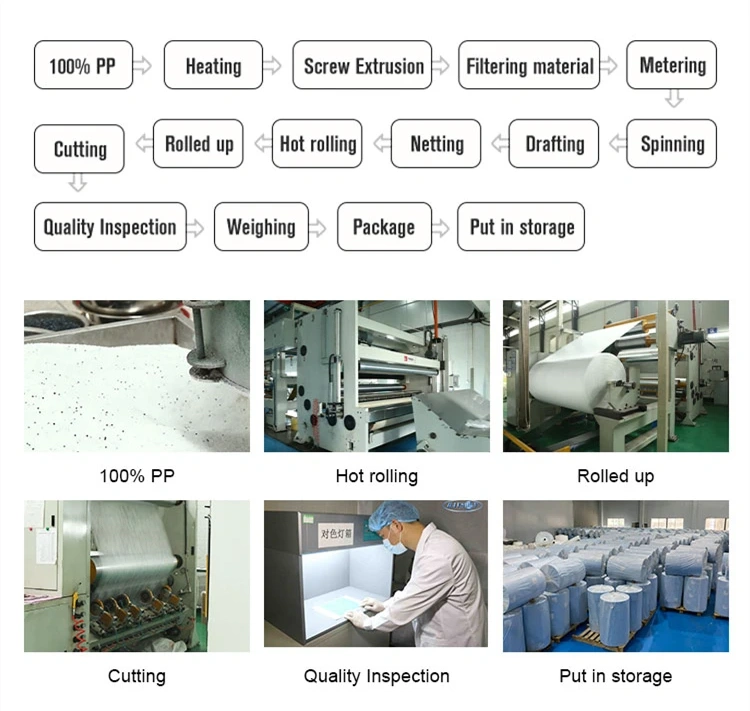
What Is The Production Process of SMS Non-woven Fabric?
1.Raw Material Selection
The main raw material of spunbond nonwoven fabrics is polypropylene (PP) particles, which are a kind of polymer synthetic material obtained through petrochemical processing. In addition, additives such as cellulose and glass fiber need to be added, and a special production process is used to melt the particles into a viscous paste.
2.Spunbond Process
The spunbond process is the core link of spunbond non-woven fabric production. Its main processes include: particle melting, spinning, stretching, bonding, etc. Among them, spinning is one of the most critical and complex links, which is mainly divided into two methods: wet spinning and dry spinning. Wet spinning is to rotate the paste through a rotating disk and draw it into fibers through a spinneret, and then make non-woven fabrics through multiple processes such as drying and curing. Dry spinning is to spray the paste into a high-speed rotating airflow, so that it is instantly drawn into fibers, and the fibers are bonded with the airflow to form a formed non-woven fabric through the action of high-speed wind flow.
3.Meltblown Process
The polymer is again melted and extruded through a die with small nozzles to form fine fibers. The molten polymer is subjected to high-velocity hot air, which attenuates the polymer streams into microfibers. These microfibers are collected on a moving belt or drum to form a fine, entangled web. The web is bonded to ensure it has sufficient integrity to be handled and layered.
4.Winding
The winding process is to wind the non-woven fabric to a certain width and length for subsequent processing and transportation. The winding machine is usually operated by an LCD screen and a programmable controller, which can adjust parameters such as size and speed as needed.
Applications

Packaging

Considerations When Bulk Purchase SMS Fabric
When bulk purchasing spunbond non-woven fabric, thorough research and due diligence are essential. Focus on material specifications, supplier reliability, quality standards, and application requirements while also considering cost, logistics, and environmental factors. This comprehensive approach will help ensure you select the right product and supplier for your needs. Here are elaborations of some key considerations:
1. Material Specifications
•GSM (Grams per Square Meter): Determines the fabric’s weight and thickness. Higher GSM indicates a thicker and stronger fabric.
•Material Composition: Commonly polypropylene, but other materials like polyester or polyethylene might be used depending on the application.
•Layer Configuration: Choose between SMS, SMMS, SSMMS based on required properties.
2. Quality and Standards
•Manufacturing Standards: Ensure the fabric meets industry standards and certifications.
•Quality Control: Verify the manufacturer’s quality control processes and request quality certificates or test reports.
3. Supplier Reliability
•Production Capacity: Ensure the supplier can meet your bulk order requirements within the desired timeframe.
•Sample Request: Obtain samples before placing a large order to verify quality and suitability.
4. Technical Properties
•Strength and Durability: Confirm the fabric’s tensile strength, tear resistance, and durability.
•Permeability: Ensure the fabric meets your needs for breathability and moisture vapor transmission.
•Barrier Properties: Assess resistance to water, chemicals, and other potential contaminants if applicable.
5. Application Requirements
•Intended Use: Match the fabric’s specifications to the specific requirements of your application, whether it’s for medical, agricultural, industrial, or hygiene use.
•Customization: Determine if the supplier offers customization options such as specific sizes, colors, or treatments (e.g., anti-bacterial, anti-static).
6. Cost and Logistics
•Pricing: Compare prices from multiple suppliers, considering not just the cost per unit but also shipping and handling fees.
•Minimum Order Quantity (MOQ): Ensure the supplier’s MOQ aligns with your needs.
•Delivery Time and Logistics: Confirm lead times, shipping options, and logistics arrangements to ensure timely delivery..
7. Environmental Considerations
•Sustainability: Inquire about eco-friendly options or recycled materials if sustainability is a priority.
•Disposal and Recycling: Understand the disposal and recycling options for the fabric after use.
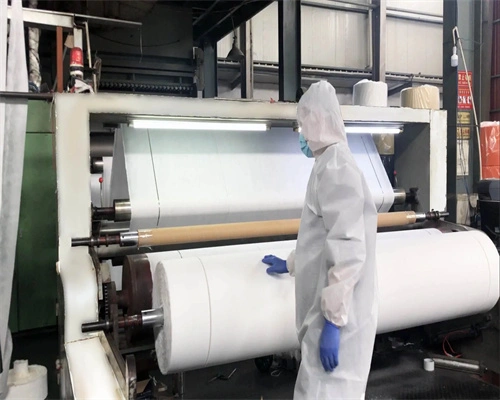
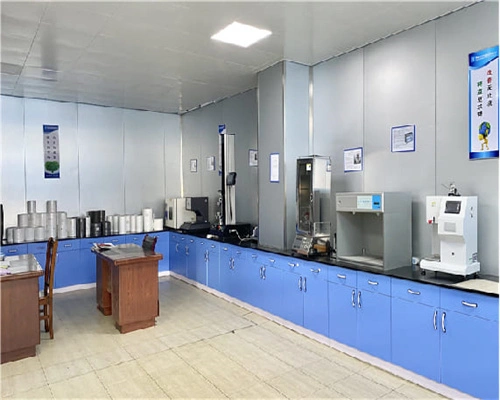

With more than 10 years’ production and export experience in the sanitary material field, we are pround to say all requirements above are statisfied by Medpos. We are always providing stable and competitive price, consistent quality, on time delivery, 24/7 timely response and professional service. And we will make efforts to minimize your purchasing and shipping costs and provide options for your choice if need.
Work Process & Duration Estimation
Working with Medpos will be more efficient. We only take your 1% time to finish 20% of your workload!
Inquiry & Quote (1~3days)
After receiving customer inquiry and studying requirements, we will provide with an accurate quotation within 24 hours. Prices are generally valid for 20 days due to fluctuation of raw materials.
Samples (3-7days)
We have stock sample for normal width and weight in small quantity. For custmoized samples, it takes 3-7 days to produce according customer need such as weight, width and physical performance.
Bulk Production (15-30 days)
Our bulk production time is generally 15 to 30 days. Raw material normally takes 5 to 10 days. After the material arrives at the factory, our quality inspection department will inspect materials at first, then start mass production after passing the test.
Secondlly, we will make pre-production sample to ensure quality in line with customer requirements.
Thirdly, during mass production, our quality inspection department will also conduct several random inspections. The bulk production time is around 10-15 days.
At last, our quality inspection department will conduct the last inspection when mass production is finished.
Delivery (1 day)
Once production approved by our end or the third party. We will make the shipment immediately to ensure client receiving the goods at the earliest time.
A Brief Self-Nomination ,Why Choose Hefei Medpos?
Hefei Medpos is a specialized manufacturer and exporter of sanitary material of non woven fabric and plastic films. Not only providing you with customized solutions, but also providing you with an incredible full range of end-to-end services to make everything easier.
- Superior Quality Control
- Compliance and Certification
- Innovative Product Development
- Cost Efficiency
- Sustainability Initiatives
- Reliability and Consistency
- Exceptional Customer Service
- Advanced Manufacturing Capabilities
- Performance and Innovation
- Transparent Communication
The FAQs About SMS Fabric
Explore these common queries about spunbond nonwoven fabric. Contact us for further assistance!
Absolutely! Our team of expert provide OEM on request. We will work closely with you to ensure the material aligns with your application and meets your specific requirements.
We offer low MOQ standards to accommodate businesses of all sizes. Please contact us to discuss your specific requirements and we will provide you with a customized quote.
Absolutely! We provide samples to help you evaluate the quality and suitability of our SMS nonwoven fabric for your application. Please contact us to request samples and discuss your specific needs.
Quality is ensured through stringent quality control processes, including regular testing for strength, durability, weight, and other key parameters. Our manufacturing facilities are equipped with advanced technology to maintain consistent quality across all batches.
Our team of experts is committed to providing excellent customer service and support throughout the entire process. If you have any questions or concerns after placing your order, please do not hesitate to reach out to us.
We have a robust supply chain management system and large-scale production capabilities to handle large orders efficiently. We work closely with our logistics partners to ensure timely delivery and provide regular updates on order status.
Don't hesitate contact with us, send mail
Contact us to get a free quote and more expertise about disposable underpad. Your project will meet a right solution with Medpos.
- We will contact you within 12 hours
- Don't worry, we hate spam too!

